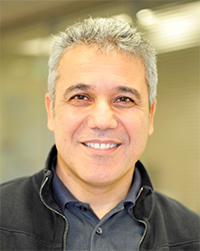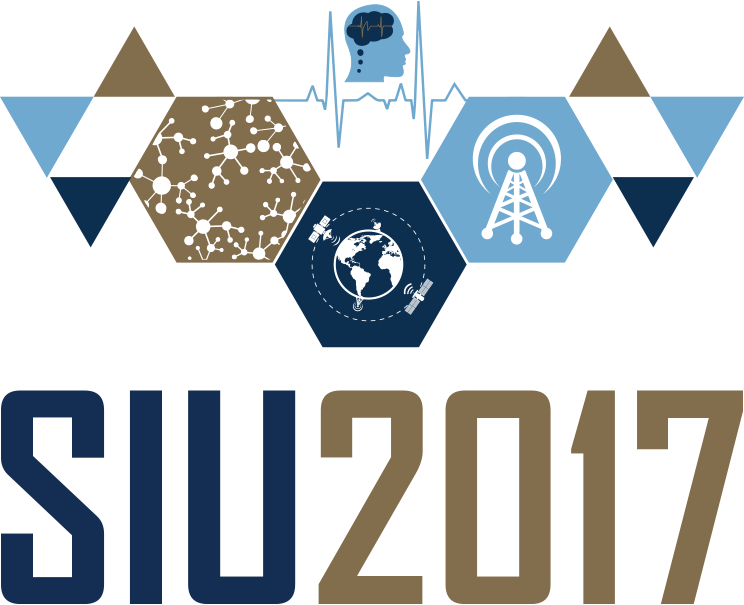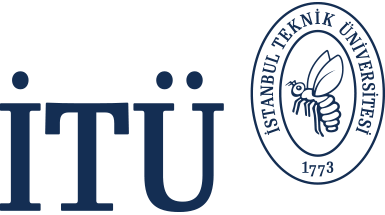3- Flexible Radio Access Beyond 5G: A Future Projection
Title: Flexible Radio Access Beyond 5G: A Future Projection
Today's wireless services and systems have come a long way since the rollout of the
conventional voice-centric cellular systems. The demand for wireless access in voice and multimedia
applications has increased tremendously. In addition to these, new application classes like
extreme mobile broadband communication, ultra reliable and low latency communications,
massive machine type communications, and Internet of Things have gained significant interest
recently for 5G. The trend on the variety and the number of mobile devices along with the mobile
applications will certainly continue beyond 5G, creating a wide range of technical challenges such
as cost, power efficiency, spectrum efficiency, extreme reliability, low latency, robustness against
diverse channel conditions, cooperative networking capability and coexistence, dynamic and
flexible utilization of wireless spectrum. In order to address these technical challenges, 5G
waveforms and radio access technologies (RATs) should be much more flexible. The current 4G
systems rely on the orthogonal frequency multiple access (OFDM) waveform, which is not
capable of supporting the diverse applications that 5G and beyond will offer. This is because the
traffic generated by 5G and beyond is expected to have radically different characteristics and
requirements when compared to current wireless technology. For 5G to succeed, numerous
waveform alternatives have been explored to best meet its various technical requirements.
However, none of the alternatives were able to address all the requirements at the same time.
During the standardization of 5G, one thing has become certain: there is no single enabling
technology that can achieve all of the applications being promised by 5G networking. This will be
even more pronounced beyond 5G. For this purpose, the concept of using multiple OFDM
numerologies, i.e., different parameterization of OFDM based subframes, within the same frame
has been proposed in 3GPP discussions for 5G. This concept will likely meet the current
expectations in multiple service requirements to some extent. However, since it is almost obvious
that quantity of wireless devices, applications, and heterogeneity of user requirements will keep
increasing towards the next decade(s), the sufficiency of the aforementioned flexibility level
remains quite disputable considering future expectations. Therefore, novel RATs facilitating much
more flexibility are needed to address the aforementioned technical problems.
In this tutorial, we will discuss the potential directions to achieve further flexibility in RATs beyond
5G. In this context, a framework for developing flexible waveform, numerology, and frame design
strategies will be discussed along with sample methods in this direction. We will also discuss their
potential role to handle various issues in the upper system layers. The tentative outline of the
tutorial will be as follows:
- Channel and waveform
- Application and waveform
- Introduction to OFDM and Multi-Carrier Modulation
- OFDM advantages and problems
- Adaptive, Flexible & Cognitive OFDM
- Other Important Waveforms (SC-FDE, SC-FDMA, DFT-s-OFDM, UW-OFDM etc. )
- Numerology and OFDM (OFDM variants from OFDM baseline)
- Future concepts in Waveform:
- mmWave waveform design (SC versus MC in mmWave)
- Hybrid waveforms
- Flexible waveforms
- Non-orthogonal waveform design
- Differential modulation (non-coherent modulation) in OFDM (minimal pilot OFDM design)
- PHY security in OFDM (secure OFDM design)
Speaker Bio: Huseyin Arslan
 Dr. Arslan (IEEE Fellow) has received his BS degree from
Middle East Technical University (METU), Ankara, Turkey in
1992; MS and Ph.D. degrees in 1994 and 1998 from Southern
Methodist University (SMU), Dallas, TX. USA. From January
1998 to August 2002, he was with the research group of
Ericsson Inc., NC, USA, where he was involved with several
projects related to 2G and 3G wireless communication systems.
Since August 2002, he has been with the Electrical Engineering
Dept. of University of South Florida, Tampa, FL, USA, where he
is a Professor. In December 2013, he joined Istanbul Medipol
University to found the Engineering College, where he has
worked as the Dean of the School of Engineering and Natural
Sciences. He has also served as the director of the Graduate
School of Engineering and Natural Sciences at the same
university. In addition, he has worked as a part-time consultant
for various companies and institutions including Anritsu Company, Savronik Inc., and The
Scientific and Technological Research Council of Turkey.
Dr. Arslan (IEEE Fellow) has received his BS degree from
Middle East Technical University (METU), Ankara, Turkey in
1992; MS and Ph.D. degrees in 1994 and 1998 from Southern
Methodist University (SMU), Dallas, TX. USA. From January
1998 to August 2002, he was with the research group of
Ericsson Inc., NC, USA, where he was involved with several
projects related to 2G and 3G wireless communication systems.
Since August 2002, he has been with the Electrical Engineering
Dept. of University of South Florida, Tampa, FL, USA, where he
is a Professor. In December 2013, he joined Istanbul Medipol
University to found the Engineering College, where he has
worked as the Dean of the School of Engineering and Natural
Sciences. He has also served as the director of the Graduate
School of Engineering and Natural Sciences at the same
university. In addition, he has worked as a part-time consultant
for various companies and institutions including Anritsu Company, Savronik Inc., and The
Scientific and Technological Research Council of Turkey.
Dr. Arslan's research interests are related to advanced signal processing techniques at the
physical and medium access layers, with cross-layer design for networking adaptivity and Quality
of Service (QoS) control. He is interested in many forms of wireless technologies including
cellular radio, wireless PAN/LAN/MANs, fixed wireless access, aeronautical networks, underwater
networks, in vivo networks, and wireless sensors networks. His current research interests are on
5G and beyond, physical layer security, interference management (avoidance, awareness, and
cancellation), cognitive radio, small cells, powerline communications, smart grid, UWB, multicarrier
wireless technologies, dynamic spectrum access, co-existence issues on heterogeneous
networks, aeronautical (High Altitude Platform) communications, in vivo channel modeling and
system design, and underwater acoustic communications. He has served as technical program
committee chair, technical program committee member, session and symposium organizer, and
workshop chair in several IEEE conferences. He is currently a member of the editorial board for
the IEEE Surveys and Tutorials and the Sensors Journal. He has also served as a member of the
editorial board for the IEEE Transactions on Communications, the IEEE Transactions on
Cognitive Communications and Networking (TCCN), the Elsevier Physical Communication
Journal, the Hindawi Journal of Electrical and Computer Engineering, and Wiley Wireless
Communication and Mobile Computing Journal.


 Dr. Arslan (IEEE Fellow) has received his BS degree from
Middle East Technical University (METU), Ankara, Turkey in
1992; MS and Ph.D. degrees in 1994 and 1998 from Southern
Methodist University (SMU), Dallas, TX. USA. From January
1998 to August 2002, he was with the research group of
Ericsson Inc., NC, USA, where he was involved with several
projects related to 2G and 3G wireless communication systems.
Since August 2002, he has been with the Electrical Engineering
Dept. of University of South Florida, Tampa, FL, USA, where he
is a Professor. In December 2013, he joined Istanbul Medipol
University to found the Engineering College, where he has
worked as the Dean of the School of Engineering and Natural
Sciences. He has also served as the director of the Graduate
School of Engineering and Natural Sciences at the same
university. In addition, he has worked as a part-time consultant
for various companies and institutions including Anritsu Company, Savronik Inc., and The
Scientific and Technological Research Council of Turkey.
Dr. Arslan (IEEE Fellow) has received his BS degree from
Middle East Technical University (METU), Ankara, Turkey in
1992; MS and Ph.D. degrees in 1994 and 1998 from Southern
Methodist University (SMU), Dallas, TX. USA. From January
1998 to August 2002, he was with the research group of
Ericsson Inc., NC, USA, where he was involved with several
projects related to 2G and 3G wireless communication systems.
Since August 2002, he has been with the Electrical Engineering
Dept. of University of South Florida, Tampa, FL, USA, where he
is a Professor. In December 2013, he joined Istanbul Medipol
University to found the Engineering College, where he has
worked as the Dean of the School of Engineering and Natural
Sciences. He has also served as the director of the Graduate
School of Engineering and Natural Sciences at the same
university. In addition, he has worked as a part-time consultant
for various companies and institutions including Anritsu Company, Savronik Inc., and The
Scientific and Technological Research Council of Turkey.